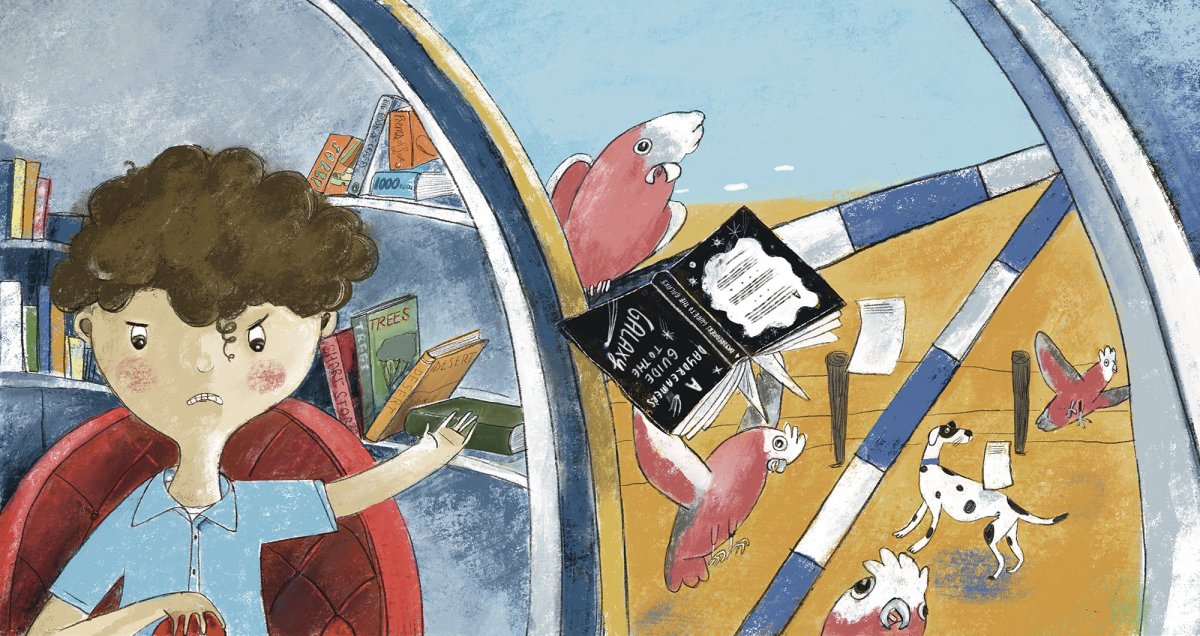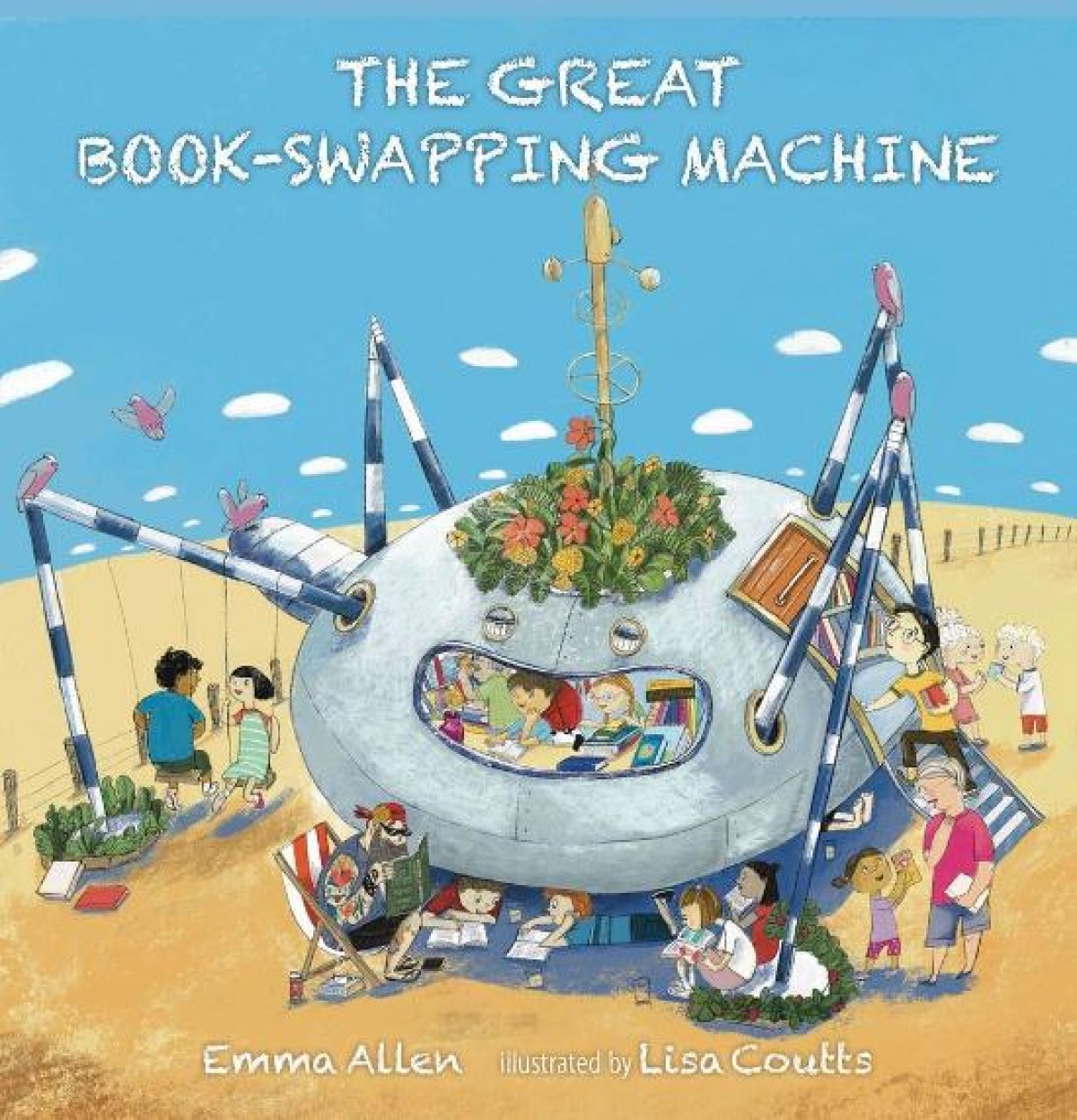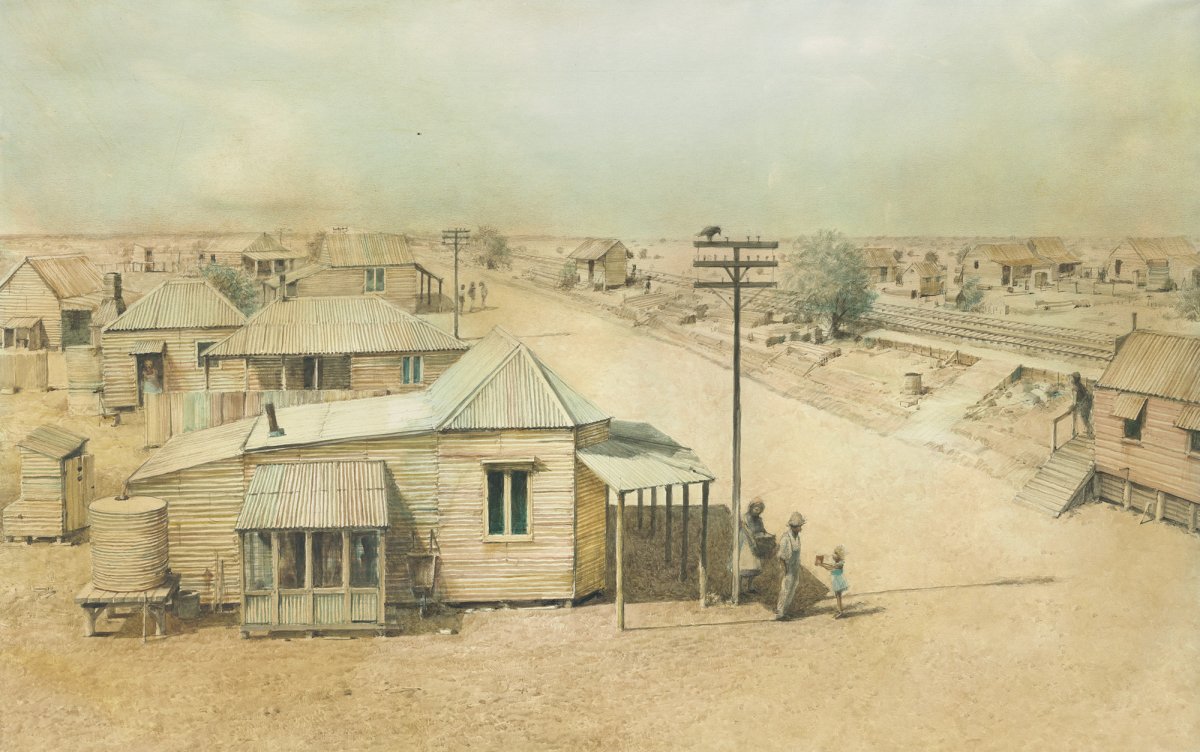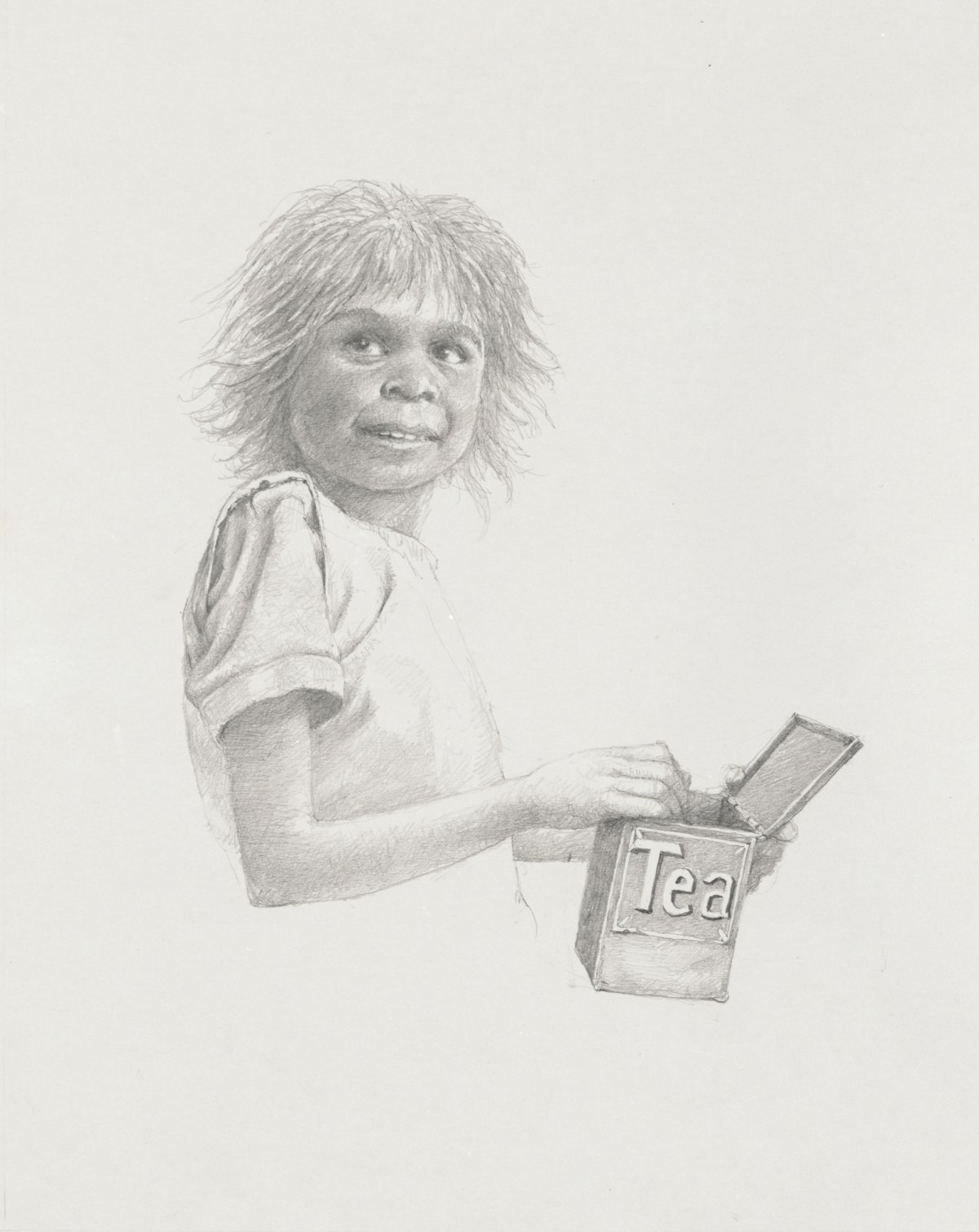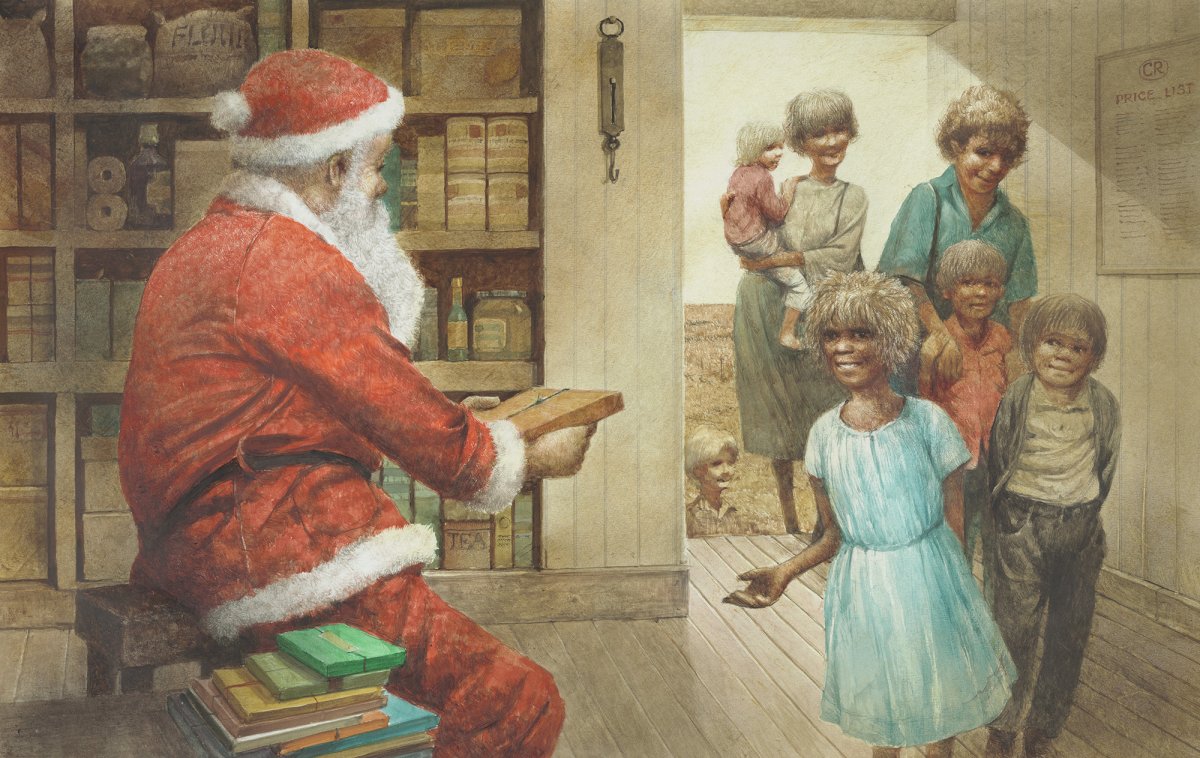The word narrative means story. As we write or tell stories, we are creating a narrative by describing a series of events that are connected. Narratives usually follow a structure that is predictable, which helps the author write a story that makes sense to the reader and builds interest in the story.
There are many types of structures in storytelling but one of the most basic story telling methods is the ‘three-act structure’. In this structure the story is broken into three parts:
- Act 1: The Introduction. Also called the setup. This is where the characters and the world of the book are explained and introduced to the reader.
- Act 2: The Confrontation. Once the characters and world are introduced, a problem, challenge or issue is introduced. This is usually the part of the story where the villain is introduced, or when someone goes missing, or the adventure to save someone/thing begins. This is the part of the book where the action ‘rises’. It makes the reader want to keep reading.
- Act 3: The Resolution. Starting with the climax, this is the part where the story starts to wrap up. At the climax, the book’s main character or characters defeat the evil, solve the puzzle or rescue the person in danger. The resolution part of the book is when everything returns to normal or people are relieved that the problem is solved.
Longer stories can contain many acts in which new problems begin as others are solved. And sometimes the resolution is not always a happy one.
Point of View
Stories can be told from many different points of view. The point of view of the ‘storyteller’ can change the way readers get information from the text.
First-person narrative
The first-person narrative is when a story is told from the point of view of someone in the book. This is often the protagonist or the main character of the book. These stories use first-person words — such as ‘I said’, ‘the dog ran to me’, ‘the gold is mine’, ‘we waited’ — when talking about the actions of the storyteller. Stories written in this way can let the audience hear the thoughts of the main character as well as the way they speak to other characters; however, because the story is told from one person’s view, sometimes the thoughts and actions of other characters are unknown until later in the story when the main character finds out.
Third-person narrative
Stories written in the third person are usually told from the point of view of a narrator who is not part of the story and knows everything that is happening. Stories written like this refer to characters in their book by their names and use descriptions like ‘she said’, ‘he went’, ‘they arrived’, ‘the monster approached them’ to describe characters and their actions. Because the narrator knows everything that’s happening, this way of writing can introduce the thoughts of different characters throughout the book, can describe events that happen with no-one around to see them and can even hint at problems the characters don’t know about yet.
Alternating-person narrative
This method of storytelling is a combination of points of view. In these stories, different chapters can be told from the point of view of different characters within the book or swap to a third-person narrator.
The Great Book-swapping Machine is a book written in the third person by Australian author Emma Allen and illustrated by Lisa Coutts. The story’s hero is a boy named Fabio. Late one night, a thing appears in the paddock next to Fabio’s house. His dad calls it ‘space junk’, but inside Fabio discovers books. Books about the galaxy; big, fat books; books full of poems. He swaps a book with Leila from next door and the thing becomes a Great Book-swapping Machine. But will the very important woman from the Space Agency let the community keep their machine? And what will happen when Fabio pulls its shiny red lever?
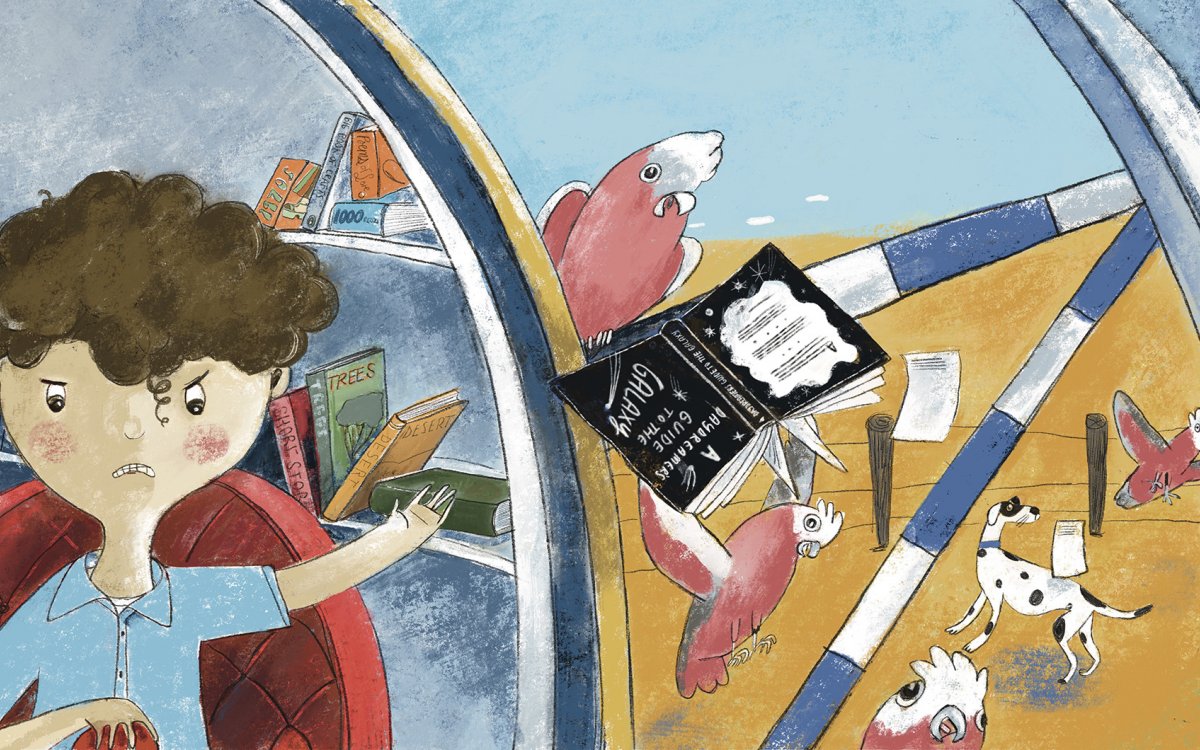
Allen, Emma, 1978- & Coutts, Lisa. (2021). The great book-swapping machine / Emma Allen ; illustrated by Lisa Coutts. Canberra, ACT : National Library of Australia. https://nla.gov.au/nla.cat-vn8630184
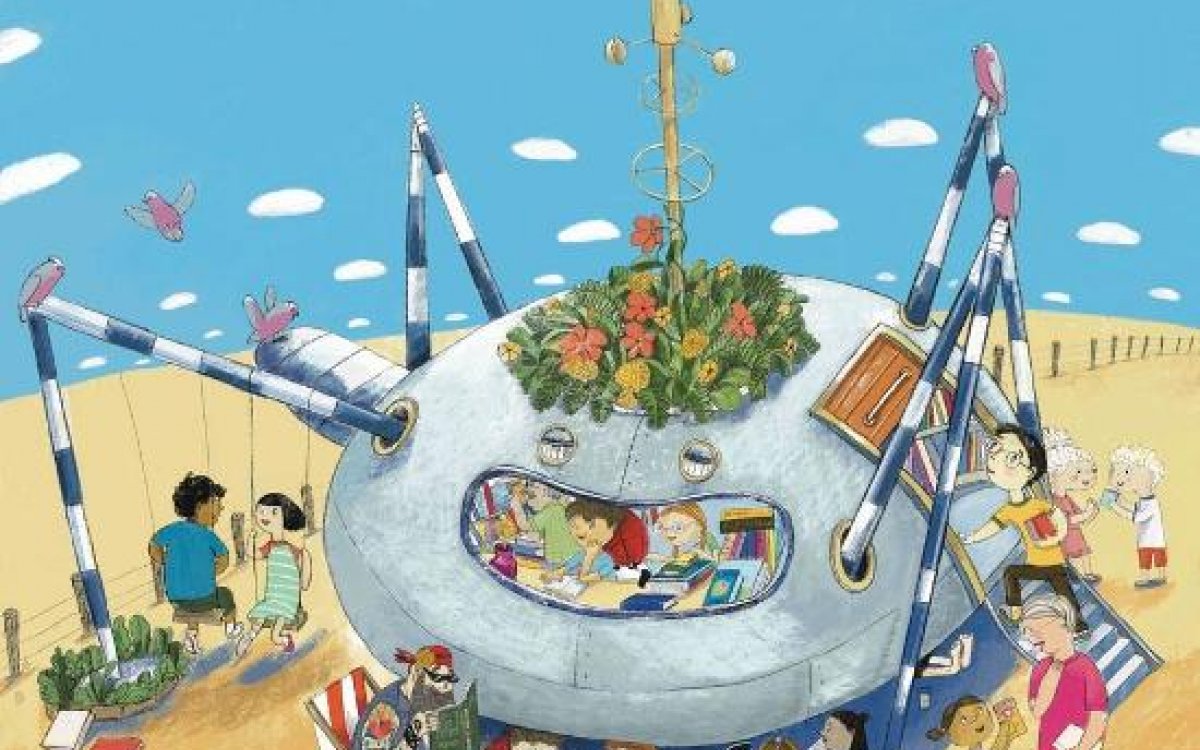
Allen, Emma, 1978- & Coutts, Lisa. (2021). The great book-swapping machine / Emma Allen ; illustrated by Lisa Coutts. Canberra, ACT : National Library of Australia. https://nla.gov.au/nla.cat-vn8630184
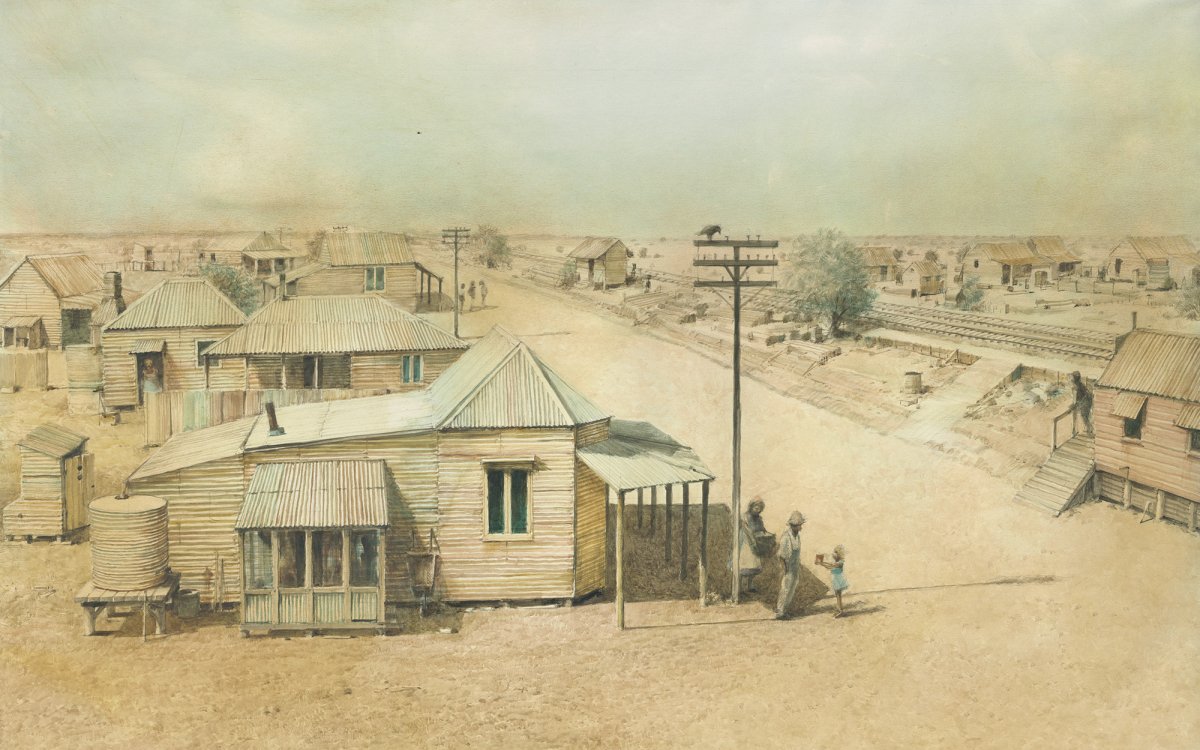
Jolly, Jane, 1957- & Ingpen, Robert, 1936-. (2014). Tea and sugar Christmas / Jane Jolly and Robert Ingpen. Canberra, ACT : National Library of Australia. https://nla.gov.au/nla.cat-vn6420587
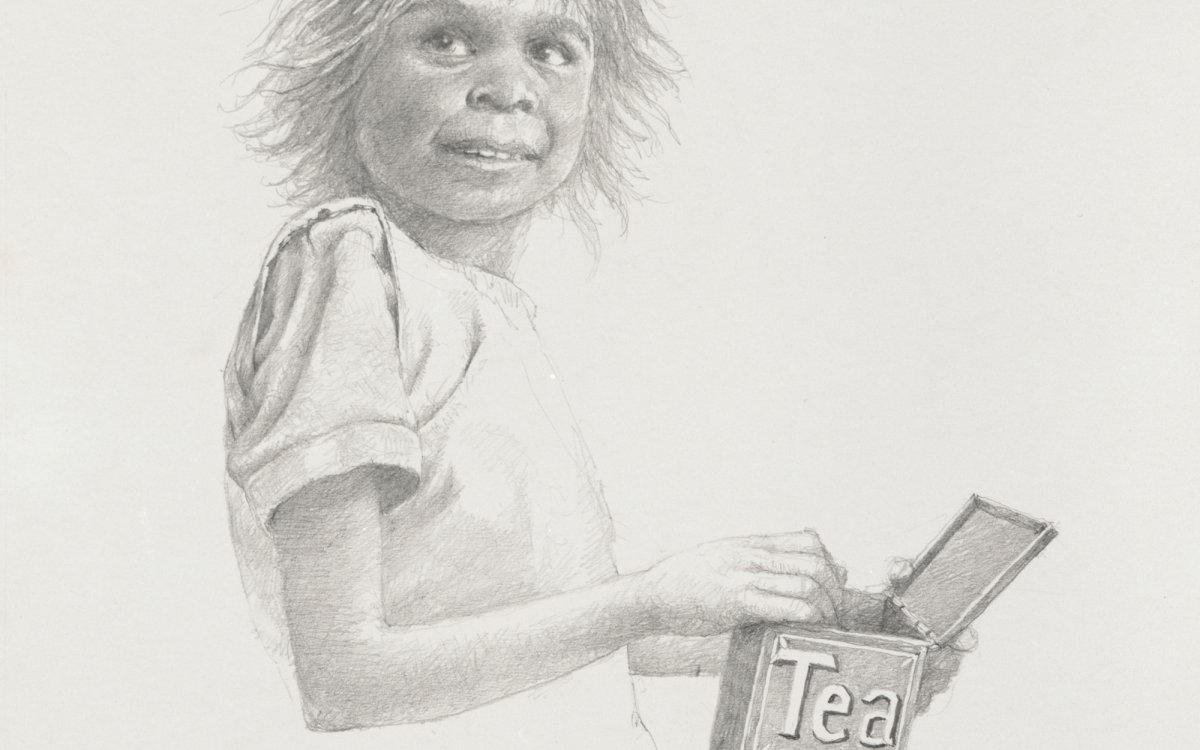
Jolly, Jane, 1957- & Ingpen, Robert, 1936-. (2014). Tea and sugar Christmas / Jane Jolly and Robert Ingpen. Canberra, ACT : National Library of Australia. https://nla.gov.au/nla.cat-vn6420587
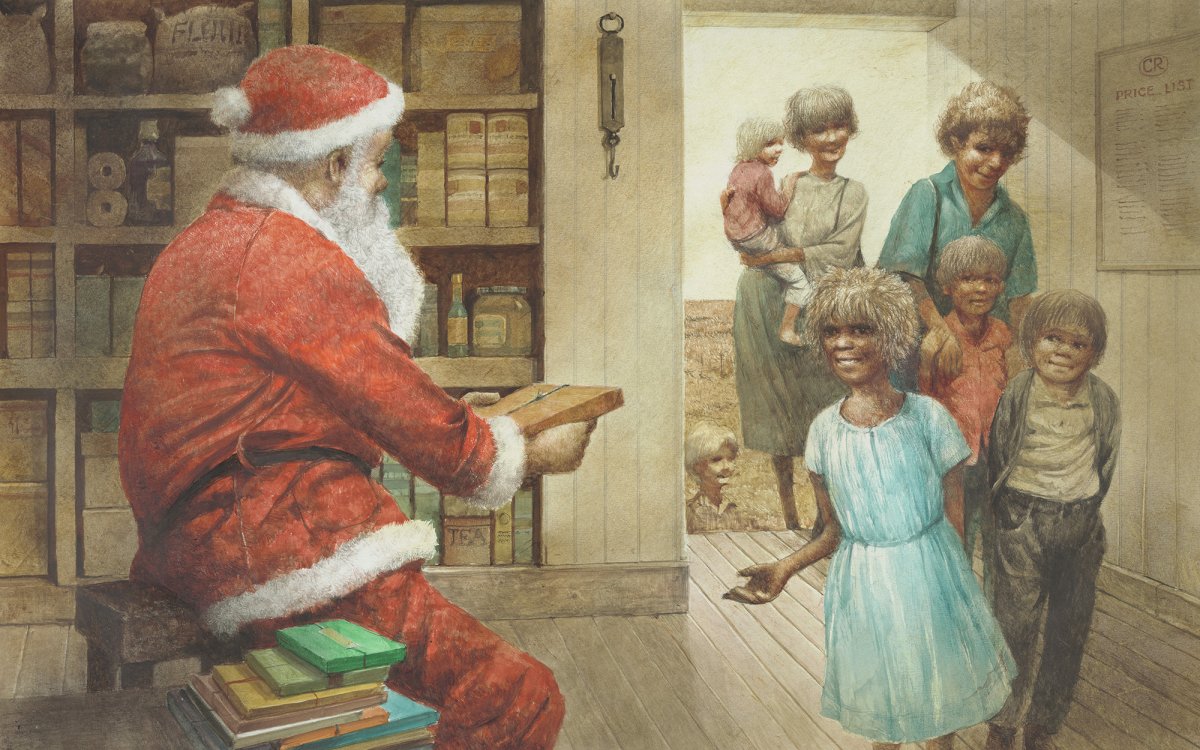
Jolly, Jane, 1957- & Ingpen, Robert, 1936-. (2014). Tea and sugar Christmas / Jane Jolly and Robert Ingpen. Canberra, ACT : National Library of Australia. https://nla.gov.au/nla.cat-vn6420587
Activities
- Introduce the concept of first- and third-person pronouns to students. Create a table collaboratively and have students fill the correct pronoun in the correct place.
- What are the pros and cons of writing a story from each point of view?
- Listen to Emma Allen read The Great Book-swapping Machine. Have the students listen for third-person words, including the use of character names, and pronouns like ‘he’, ‘she’ and ‘they’.
- Ask the students to rewrite the story with a first-person perspective.
- Have the students write a creative story on the topic of their or your choice using the three-act structure. Have them identify and colour the different acts of the story. If they are typing the finished story on a computer, have them use different coloured fonts and headers to identify the acts. If they are hand writing it, use coloured pencils and headers to block out the acts.
